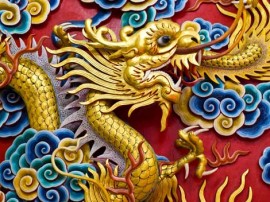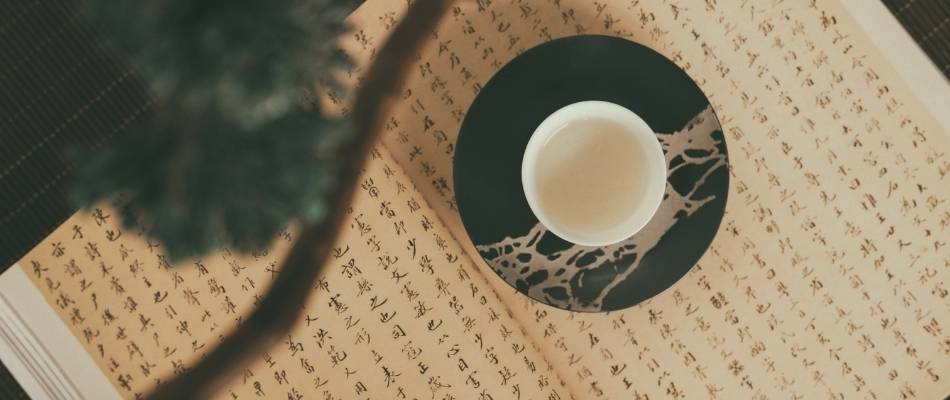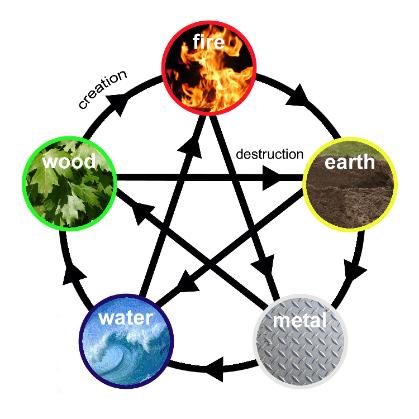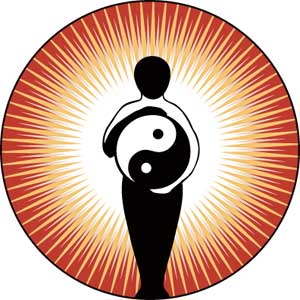Pounding mortar anyone? Maybe your white crane needs to spread it’s wings. I know, you want to hear the sound of one hand clapping. There is something both wonderful and maddening about Chinese symbolism. Moreover, it’s made worse when Chinese symbolism is used to explain how to move or understand a section of the form when we ask a question for clarification. The truth is that there are some real lessons in the many proverbs and saying of tai chi if you know what to look for and know how to have fun with it.
The use of Chinese symbolism in tai chi is intended to increase understanding in situations when language or experience is too limited to convey the knowledge contained in a movement or concept. Images of animals or references to history are employed to give a practitioner a sense of what they should feel like, look like, or sense.
Let’s start by talking about why Chinese symbolism can be wonderful. Then we will dive into what most of us think, that it’s maddening. We will then give a couple examples of why taking the time to understand what the symbolism is intending can help our tai chi progress.

Why Chinese Symbolism is WONDERFUL
For many, it offers a connection to something more complex or greater than ourselves and is probably a big part of why people are drawn to internal arts as opposed to training in something like CrossFit, boxing, or MMA.
Additionally, concepts like internal strength and movement of chi are incredibly complex and humans lack the vocabulary to describe the internal process or effects. Symbolism in this context means “metaphor.”
And more obviously, why is Chinese symbolism MADDENING
Larger concepts seem to get lost in these Eastern traditions when we try to reduce concepts to a mechanistic viewpoint. It is no one’s fault. We are trying to get a movement right and are hindered without explicit instruction. Also, symbolism almost demands a one-on-one student-teacher relationship because metaphoric implications can get lost in books, workshops, and internet discussion forums.
Two Benefits of Trying to Understand Chinese Symbolism
By embracing the non-exact science of symbolism we give ourselves room to experiment and understand rather than being given direct answers that may or may not be correct.
1. Learning to address situations as a whole
Let’s start with the excerpt taken from an excellent article on symbolism:
“Because each aspect of an internal art [interrelates]…, breaking things down into their component parts can actually make learning harder, or even impossible. The Chinese internal arts have a fractal-like nature. Each aspect, each part of an art like Ba Gua Zhang – from the most “basic” aspects to the most “advanced” – is a hologram that contains, interconnects and interacts with every other part of the system to form a complete, organic whole. This makes it impossible to isolate individual components without losing the essence of the internal arts.”
The concept of “whole” is exemplified in many martial arts and is often better defined as “doing together, cooperation, collaboration.” For the novices, this should be a huge relief because you are learning the concept of “whole” simply by doing the form. For those that know the form, it opens up new realms of intricacies as we try to connect our movements across 2-10 minutes. Not easy.
Letting go of the details and entrusting the bigger, unknown picture is not naturally comfortable for westerns. Don’t worry. Equal emphasis is put on isolating techniques and we see many words that are translated as “separation, partition, detachment, segregation, isolation.” The point is that isolating the techniques is at most HALF of the equation and one is not done to the exclusion of the other.
2. Learning to understand and successfully navigate complex situations
Back to the Internal Arts article for another quote:
“Symbols are like a code, a code that serves to express aspects of reality which are obscured by the limitations of language and other modes of expression. In this way, symbols communicate and crystallize an aspect of direct experience, or truth, that is beyond words – and beyond the symbol itself.”
I am often struck by how specific and contextually unique symbolism can be. This leads to it being both very useful and frequently misleading! This is the point. You are expected to contemplate a topic and try to figure it out over many exposures. Think of all the great things you accomplished in your life. How many of them did you arrive at instantaneously with little thought? Internal martial arts with their diverse symbolic representations allow you, YES you to come up with an analogy or metaphor to try to explain your own experience or reason behind performing a move. Not by being handed the answer or having someone else’s views simply crammed down your throat.
Examples of Chinese Symbolism in Tai Chi Chuan
Enter the Dragon

Dragons are associated with movements in many martial arts forms. To my mind, the first associations that came with the “dragon” symbol were about fierceness, power, and being unstoppable.
However “The Dragon was also associated with Heaven… The Dragon is yang. It symbolizes the movement of life growing upward and outward, like a plant growing from a seed. The Green Dragon represents the spring thunder and rains that nourish living things. In the Spring, the Dragon is said to come out of its hiding place under the earth and rise up into the sky creating thunder and rain. Hence the Dragon also represents the incitement of life and movement.”
Pretty good analogy for moving the body towards the ground and rising up proudly with your chest open and your head up.
Yin-Yang Theory: Moving in Different Directions (Simultaneously!)
Up and down are movements that are pretty obvious to everyone. However, outward/expansion/centrifugal (遠心力) aren’t things that I think that everyone can relate to. Or how about these opposites? inward/contraction/centripetal (求心力).
How do you verbally explain that the body can and should be expanding in different directions simultaneously? It is something that escapes our current vocabulary but by using a symbolic metaphor relating the Earth (a sphere) it’s possible. We have a central core (dantian) and can either open all of our joints and appendages and expand out (yang) or contract them all (yin). Seeing this “expansion from the center” gives you the origin of the power, the feeling as the power inflates you, and the order that the body parts respond in (e.g spine, shoulders, upper arms, elbows, forearms, hands) all in a single statement. Getting the hang of this and the importance of symbolism? Check out this entire article explaining Yin Yang Theory.
Let’s face it. What is the opposite of being challenged? Being bored. Embrace the idea that Chinese symbolism is complex. It is meant to be contemplated and after a time conveys a reward which is: understanding of the concept based on your diligence. You don’t have to understand all of the intended meaning in Chinese naming and characters. You just have to have respect for the complexity of the information that is being conveyed. Tai chi teaches best by experience.




